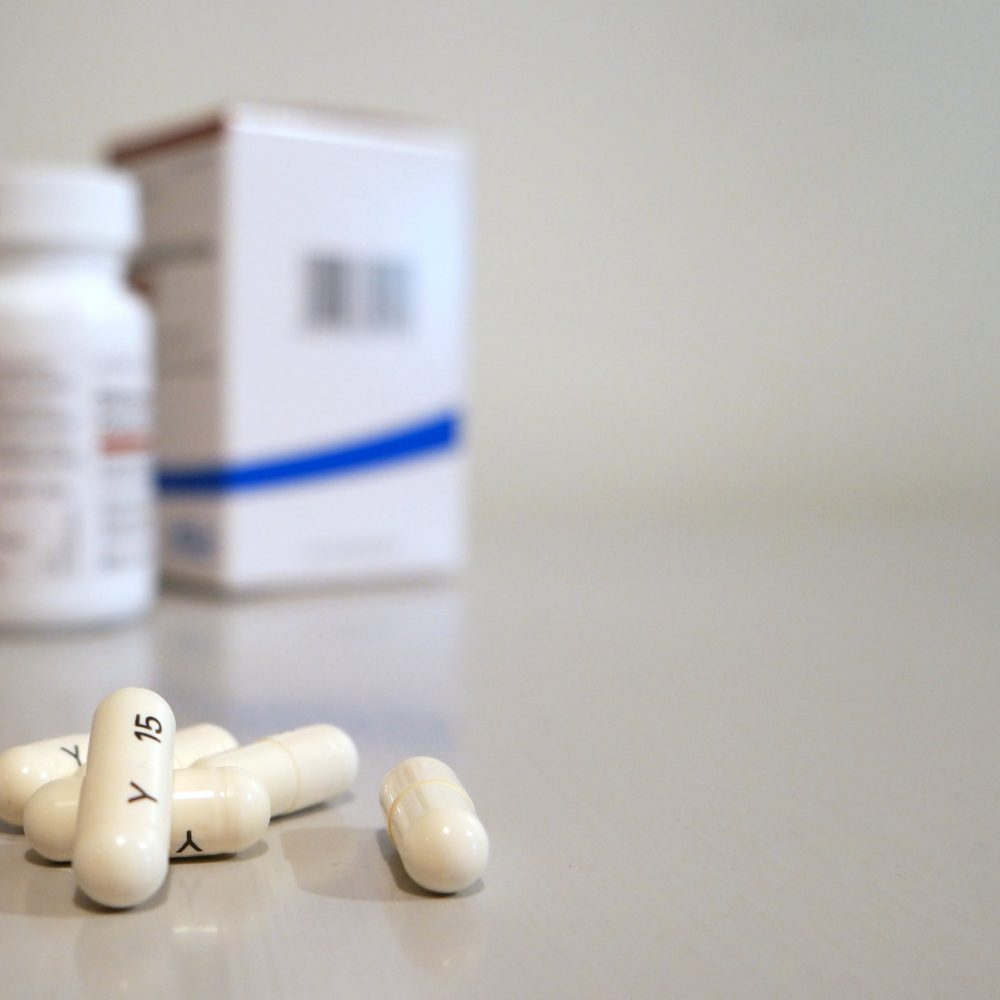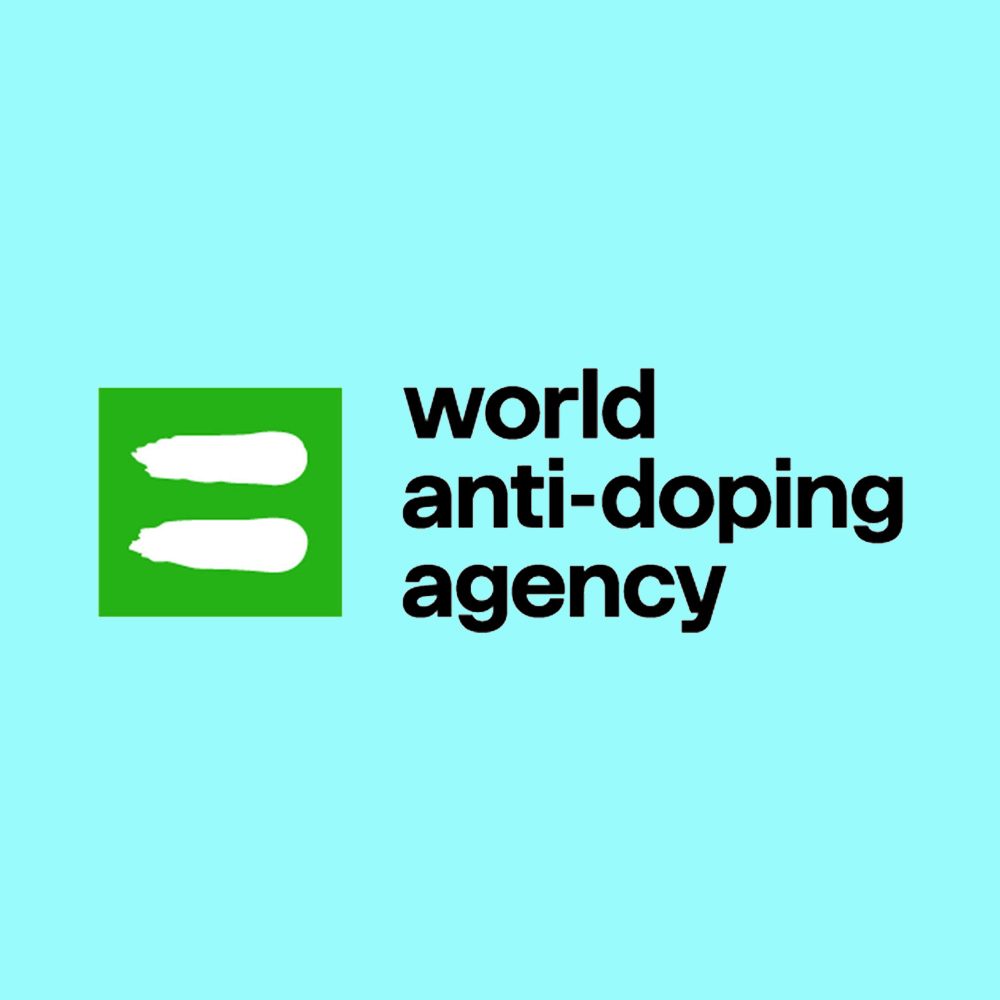Banned Drugs And Injury.
List of Prohibited Practices


World Anti-Doping Code
The World Anti-Doping Code Prohibited List is an International Standard. The List groups substances and methods by those that are banned at all times (in and out of competition), those that are banned in-competition only, and those that are banned by a particular sport. If an athlete has a legitimate medical reason to use one of the banned agents, a Therapeutic Use Exemption (TUE) may be granted only after extensive review. This List was originally published in 1963 under the direction of the International Olympic Committee. As of 2004, the World Anti-Doping Agency is in charge of updating and publishing the List each year.
Athletic drug testing is done to detect banned substances or performance enhancing agents in competitive-level athletes. In the U.S, drug testing may occur in Olympic-level sports, National Collegiate Athletic Association sports (NCAA), and professional sports. The U.S. Anti-Doping Agency (USADA) is the national anti-doping organization for the Olympic movement in the United States. With the USADA, as noted in the WADA code, testing may occur in competition or out of competition and can occur at any time and at any location. Testing can result in disqualifications, sanctions, and stripping of medals and world titles, as seen with professional cyclist Lance Armstrong.
Drugs such as
- Erythropoietin (EPO or epoetin alfa)
- Anabolic steroids
- Stimulants
- Human Growth Hormone
- Diuretics
have been shown to impart significant performance enhancing effects. However, these substances can also be associated with dangerous and possibly life-threatening side effects. Athletes should avoid these performance-enhancing substances not only because they may compromise the privledge to compete, but also because they can be harmful or even fatal with long-term use.
Substances prohibited at all times
- S0. Non-approved Substances
- S1. Anabolic Agents
- S2. Peptide Hormones, Growth Factors and Related Substances
- S3. Beta-2 Agonists
- S4. Hormone and Metabolic Modulators
- S5. Diuretics and Other Masking Agents
Substances prohibited in-competition
- S6. Stimulants
- S7. Narcotics
- S8. Cannabinoids
- S9. Glucocorticosteroids
Substances prohibited in particular sports
- P1. Alcohol
- P2. Beta-Blockers
Blood doping
Blood doping is the injection of red blood cells, related blood products that contain red blood cells, or artificial oxygen containers. This is done by extracting and storing one’s own blood prior to an athletic competition, well in advance of the competition so that the body can replenish its natural levels of red blood cells, and subsequently injecting the stored blood immediately before competition. The resulting unnatural level of red blood cells improves oxygen transport and athletic endurance; thus, it is prohibited in most events.
Banned androgenic agents
Banned androgenic agents are either anabolic steroids, which increase testosterone and epitestosterone, thereby improving muscle strength and endurance, or beta-2 agonists (see adrenergic beta-agonist). Andro, DHEA, stanozolol, testosterone, and nandrolone, or derivates (see below) are banned anabolic steroids. Beta-2 agonists can act as bronchodilators and increase heart rates, in addition to their mild androgenic effects. Other banned androgenic agents include bambuterol, clenbuterol, salbutamol, tibolone, zeranol, zilpaterol, and selective androgen receptor modulators. While a few of the banned drugs are endogenous, that is they are normally produced in the human body, most of the banned drug are exogenous drugs chemically produced.
